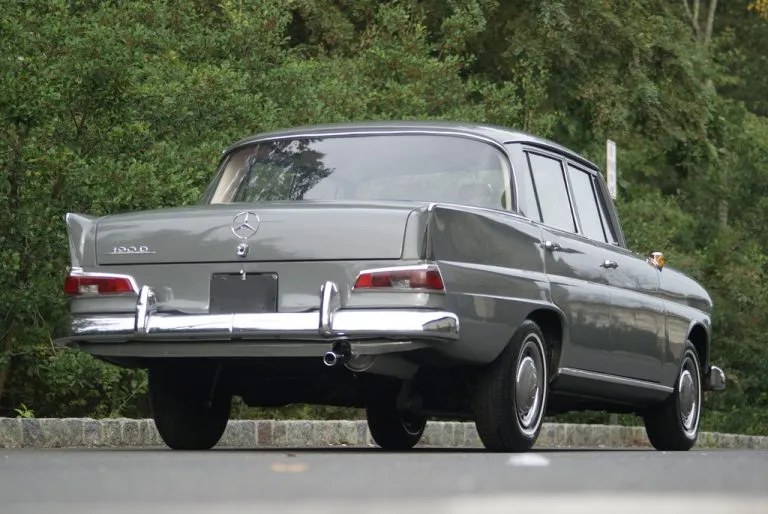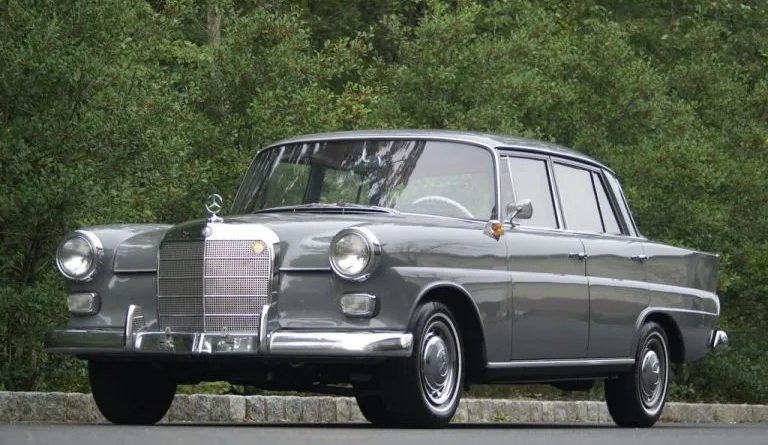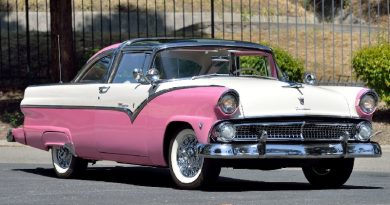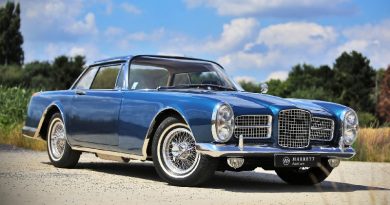1964 Mercedes Benz 190D Heckflosse W110 Diesel
The W110 was Mercedes-Benz’s entry level line of midsize automobiles in the mid-1960s. One of Mercedes’ range of “Fintail” (German: Heckflosse) models, the W110 initially was available with either a 1.9 L M121 gasoline or 2.0 L OM621 diesel inline-four . It was introduced with the 190c and 190Dc sedans in April 1961, replacing the W120 180c/180Dc and W121 190b/190Db.
The W110 line was refreshed in July 1965 to become the 200 and Diesel 200D (model year 1966 for North America); at the same time, a six-cylinder 230 (successor to the Mercedes 220) became part of the W110 line. Production lasted just three more years, with the W115 220 and 220D introduced in 1968. The W110 and the 6-cylinder W111 were the first series of Mercedes cars to be extensively crash tested for occupant safety.

The big advantage of the uniform body was its great saving potential – the costs for development, manufacturing and spare part deposits were reduced significantly. Moreover, a driver of the intermediate-class cars now too benefitted from the roomy interior and spacious boot. This aspect, however, included two serious drawbacks of the concept: On the one hand, total length of the 4-cylinder versions had increased by 230 mm compared to the preceding models – a subject of growing importance as parking space shrank everywhere; on the other hand some owners of top-class models would have preferred a greater distance to the models of the less prestigious product lines.
 In February 1968 the production of the so-called “fintail” models finally ended after the “New Generation”, a completely new model range both technically and stylistically, had been launched in January. In six and a half years 622,453 saloons and 5,859 chassis with partial bodywork had been produced in the Sindelfingen plant.
In February 1968 the production of the so-called “fintail” models finally ended after the “New Generation”, a completely new model range both technically and stylistically, had been launched in January. In six and a half years 622,453 saloons and 5,859 chassis with partial bodywork had been produced in the Sindelfingen plant.




